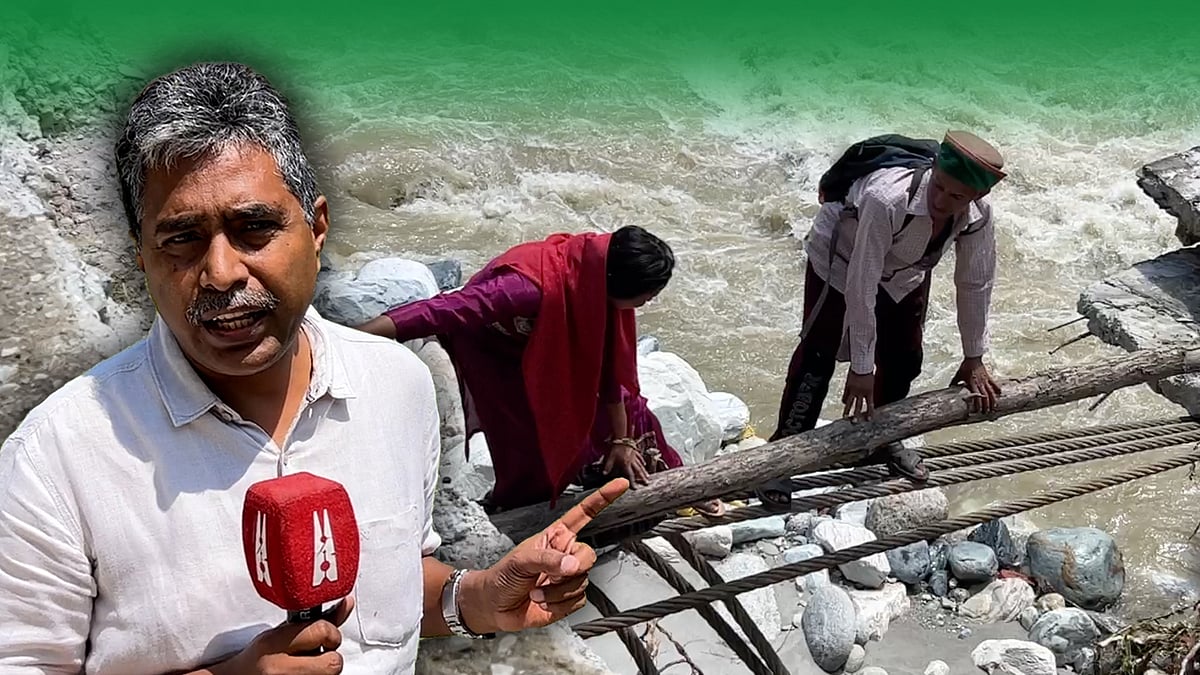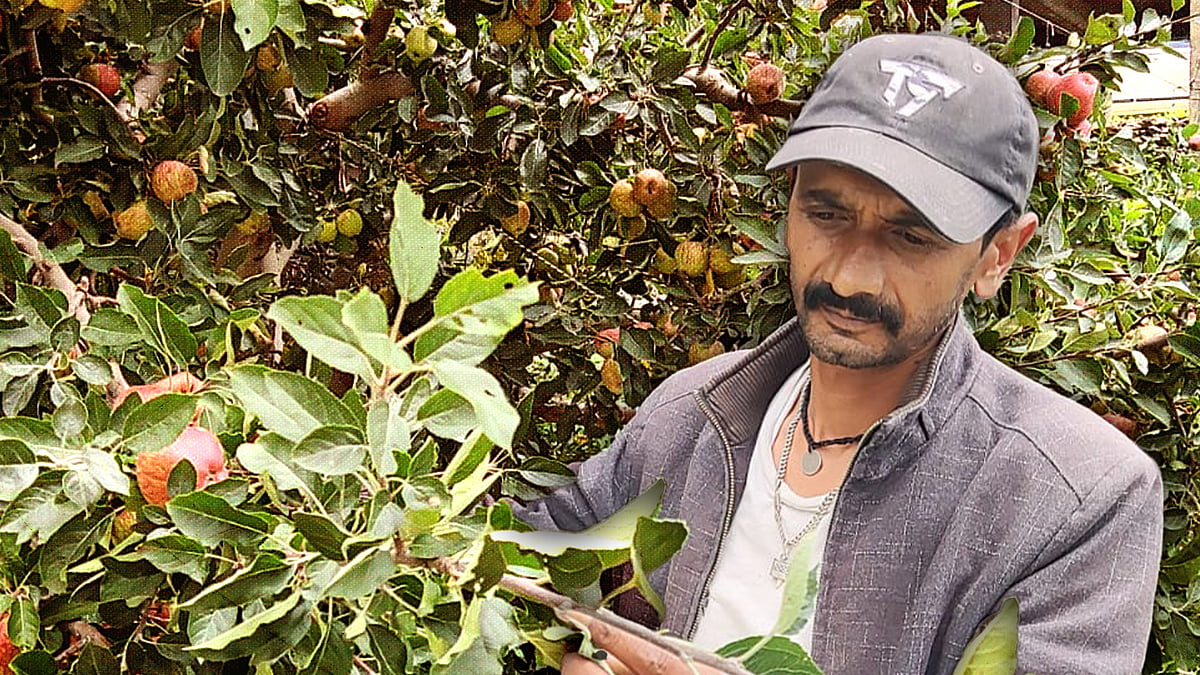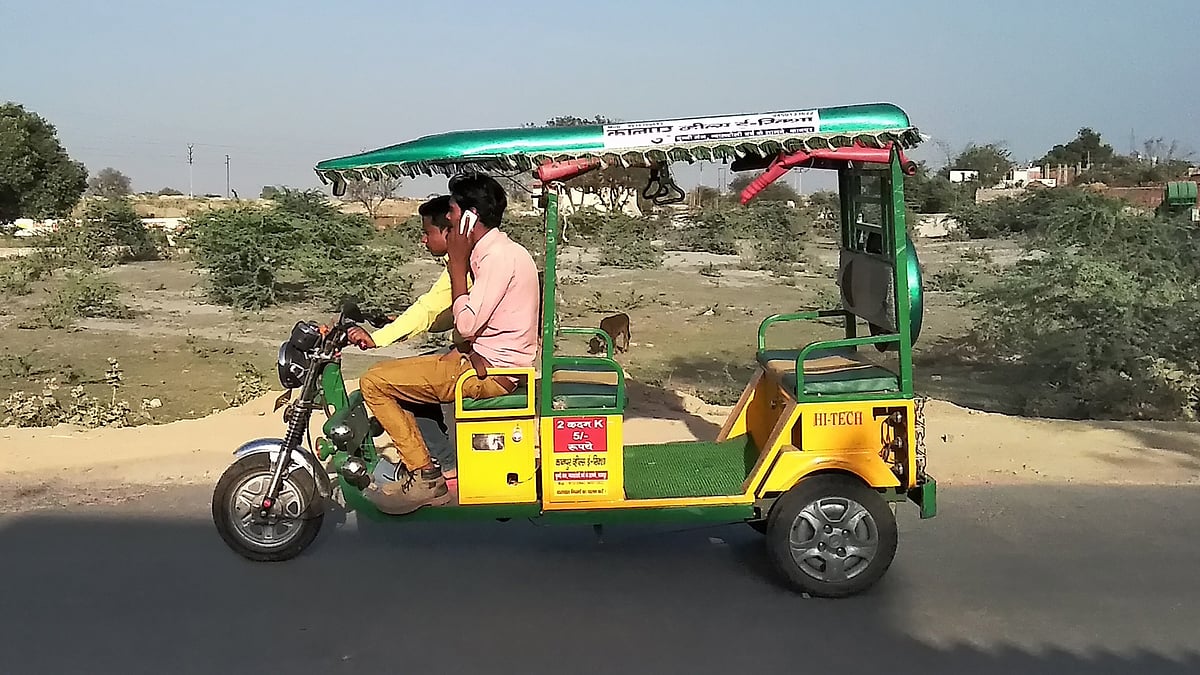Wetland or ‘wasteland’: Why India needs to conserve this fast vanishing ecosystem
Wetlands are instrumental in controlling floods and absorbing carbon.
Wetlands, an area of land covered in water, are a crucial ecosystem, potentially home to thousands of animals and plant species. But these ‘kidneys of the earth’ are fast turning into urban legends as a result of “development”.
At least 40 percent of the wetlands in India have been destroyed or damaged over the past 30 years, as per NGO Wetland International.
At present, there are 7.5 lakh small and big wetlands in India. Of these, about 2.2 lakh wetlands are in areas bigger than two hectares and only around 60,000 are in protected forest areas.
Conservation expert and former Delhi University pro vice-chancellor, Professor CR Babu, said, “Wetland is considered as wasteland. In many places, people do not even recognise wetlands. They consider them as degraded lands and build on them or create heaps of garbage, destroying an entire ecosystem.”
Faiyaz Ahmed Khudsar, a scientist working in protected areas, said there is “silence” over wetland conservation even though it is instrumental in controlling floods and absorbing carbon. “A total of one percent of the earth has wetlands but their contribution in sequestering carbon is 20 percent,” he said.
Babu points out that the Delhi Development Authority's Yamuna Biodiversity Park is one of the few projects to revitalise wetlands. Across the world, wetlands of high importance are conserved under an international treaty known as Ramsar Convention. This year, India added five more wetlands to its Ramsar sites tally, increasing it to 80.
Babu said, “There are at least 10 to 12 wetlands within a two-km radius around the Yamuna Biodiversity Park that have been bridged in the last six months… but thousands of such wetlands are being destroyed every year.”
Watch.
Some visuals for this video report were provided by Mohan Singh, an employee with the Yamuna Biodiversity Park project.
Small teams can do great things. All it takes is a subscription. Subscribe now and power Newslaundry’s work.
 In Himachal’s Gadsa valley, villagers point to impact of mining, felling of trees
In Himachal’s Gadsa valley, villagers point to impact of mining, felling of trees ‘Hit worse than Covid’: Despair shrouds Himachal’s orchards and hotels after flood
‘Hit worse than Covid’: Despair shrouds Himachal’s orchards and hotels after flood Exactly how environment-friendly are Delhi’s e-rickshaws?
Exactly how environment-friendly are Delhi’s e-rickshaws?